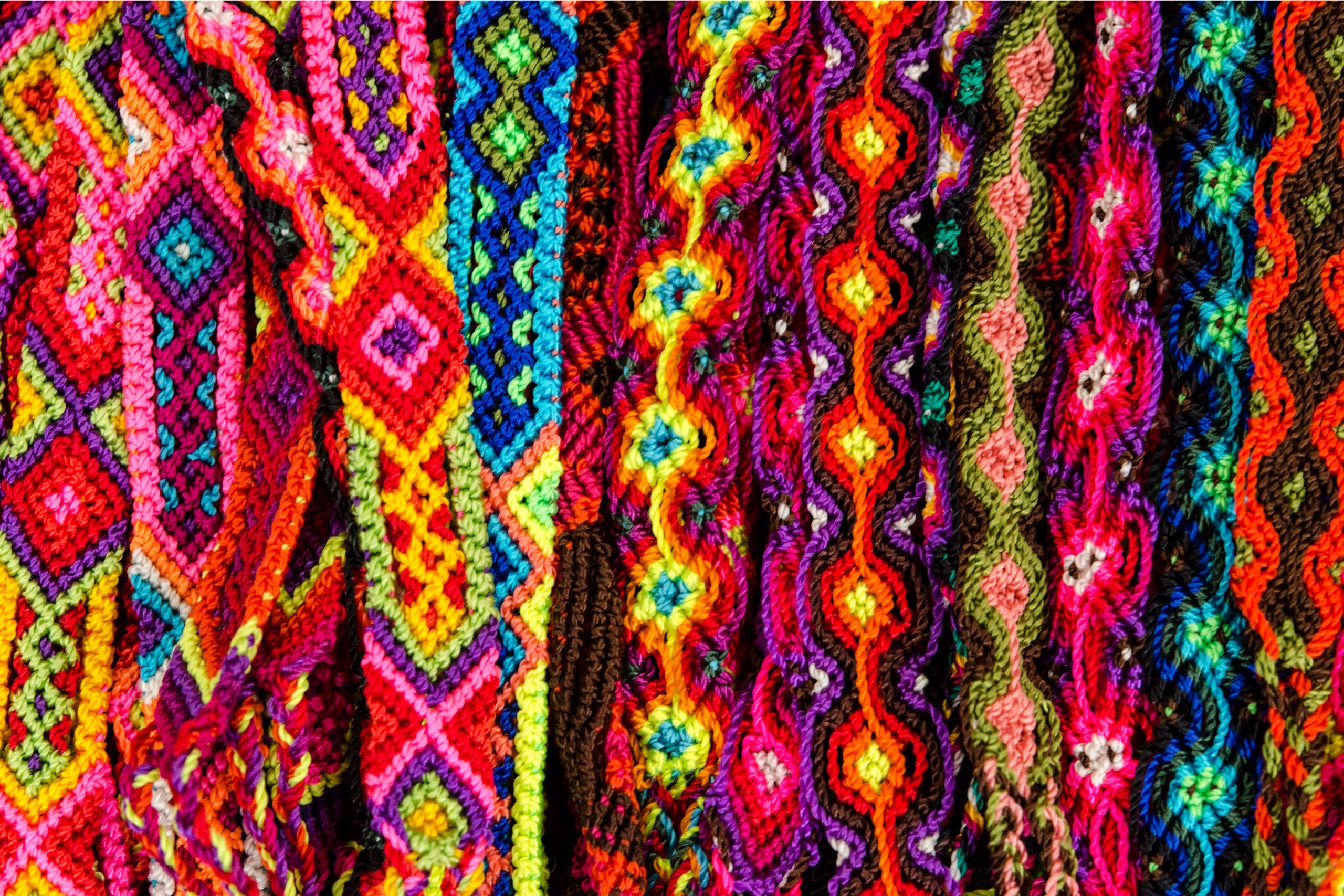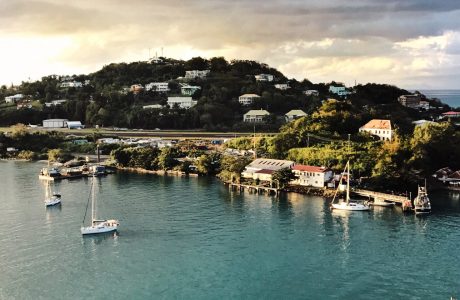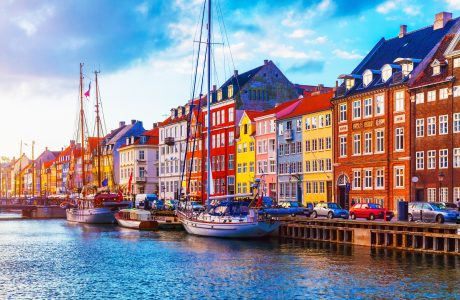Art is reflective of an island’s culture: its history, geography and agriculture, along with the influences of indigenous people, Africans and Europeans. Pieces of work from across the Caribbean create intriguing opportunities to see and experience the region through the creative eyes of its local artists.
Want to take your own art walk—or dive—around the Caribbean? Here are five creative and colorful expressions that are sure to inspire you on your cruise vacation:
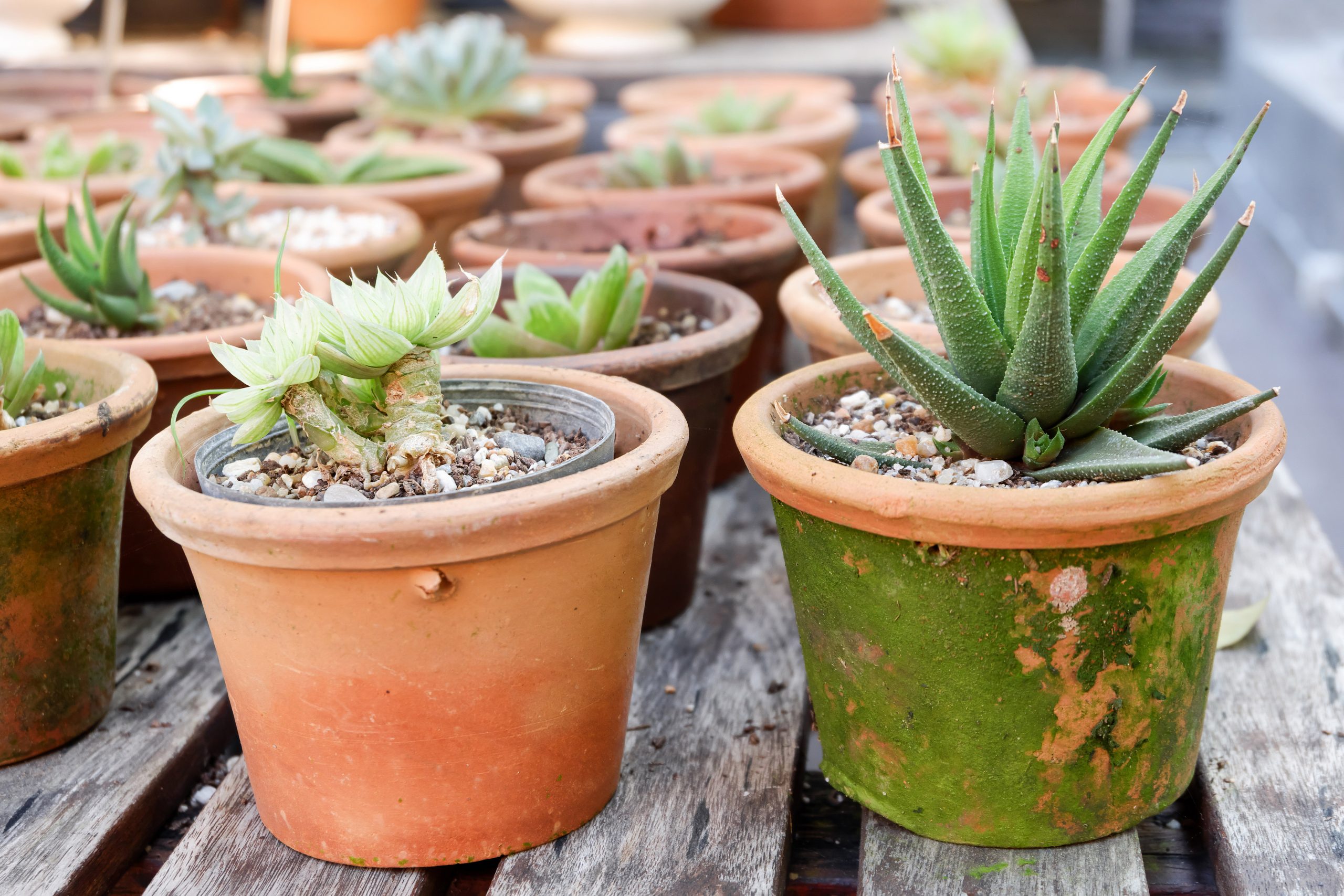
Bajan pottery made with red clay is an ancient art form.
Credit: Shutterstock
Pottery – Barbados
The isolated area of Chalky Mount, Barbados is home to red clay, which is made into strong ceramics, tiles and bricks when fired. Barbados pottery is an ancient art that gained widespread exposure and was commercialized in the 18th century when ceramic production proliferated to maximize the sugar trade. Not only were pots and cones used to store and ship sugar at that time, the bricks and tiles were used in construction to expand the sugar economy.
This long history of Bajan pottery shaped the island’s art world. Now there are many local artists who use these traditional methods to create striking works that provide fascinating insights into the island’s past, as well as explore the evolution of the medium.
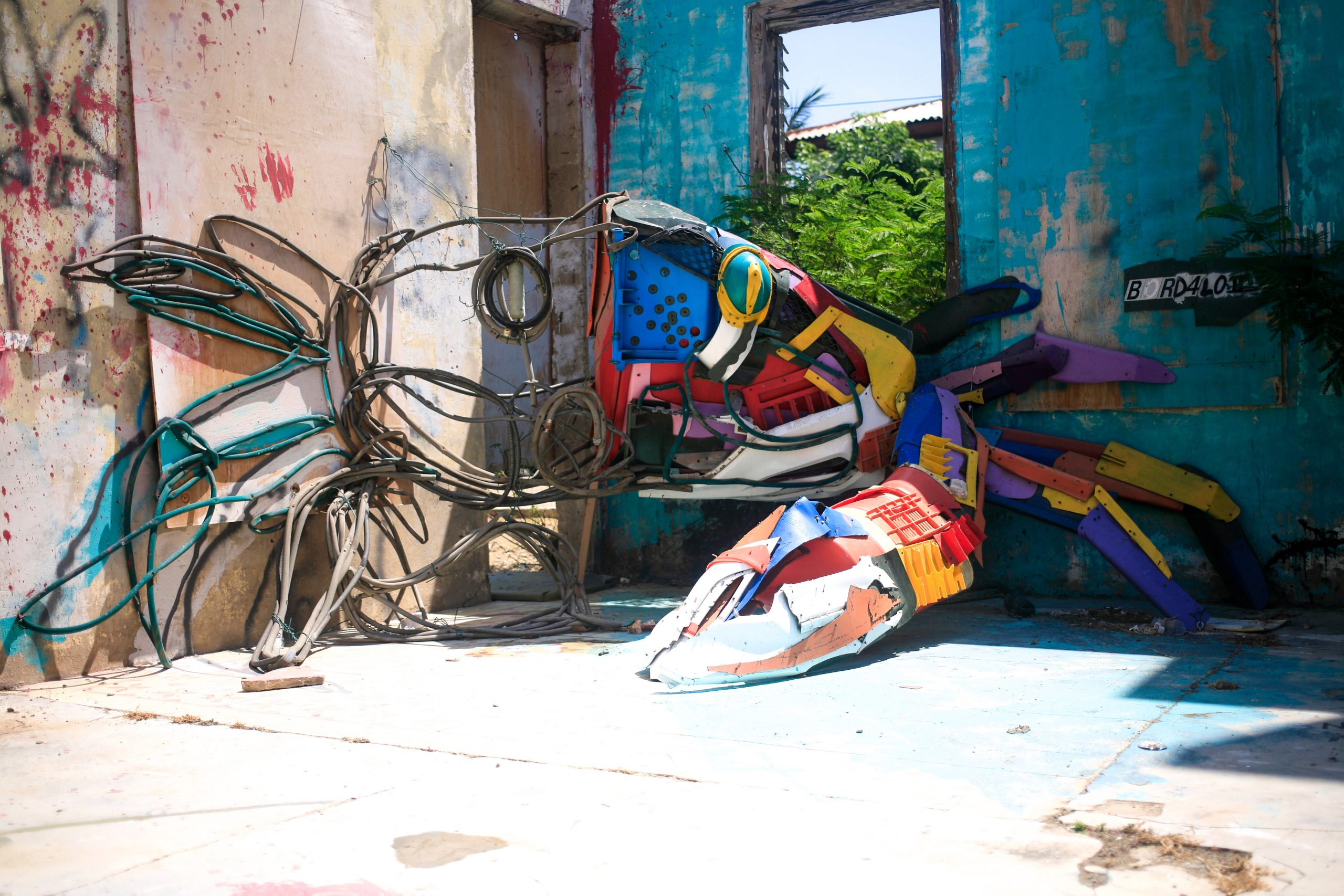
Aruba’s outdoor gallery is representative of the country’s signatures motifs.
Credit: Shutterstock
Street Art – Aruba
Buildings become outdoor canvases for artists in San Nicolas, Aruba’s second-largest city after the capital of Oranjestad. These large-scale paintings transform city streets and also help to breathe new life into the country’s art scene again and again.
When a local artist visited Bogota, Colombia in 2016, he was inspired by the city’s approach to public art. He invited 100 local and international artists to create an outdoor gallery of works, each depicting Aruba’s signature motifs. From a green-feathered prikichi, Aruba’s national bird, to the rainbow-hued lionfish, these colorful images create brilliant streetscapes and make art accessible to all.
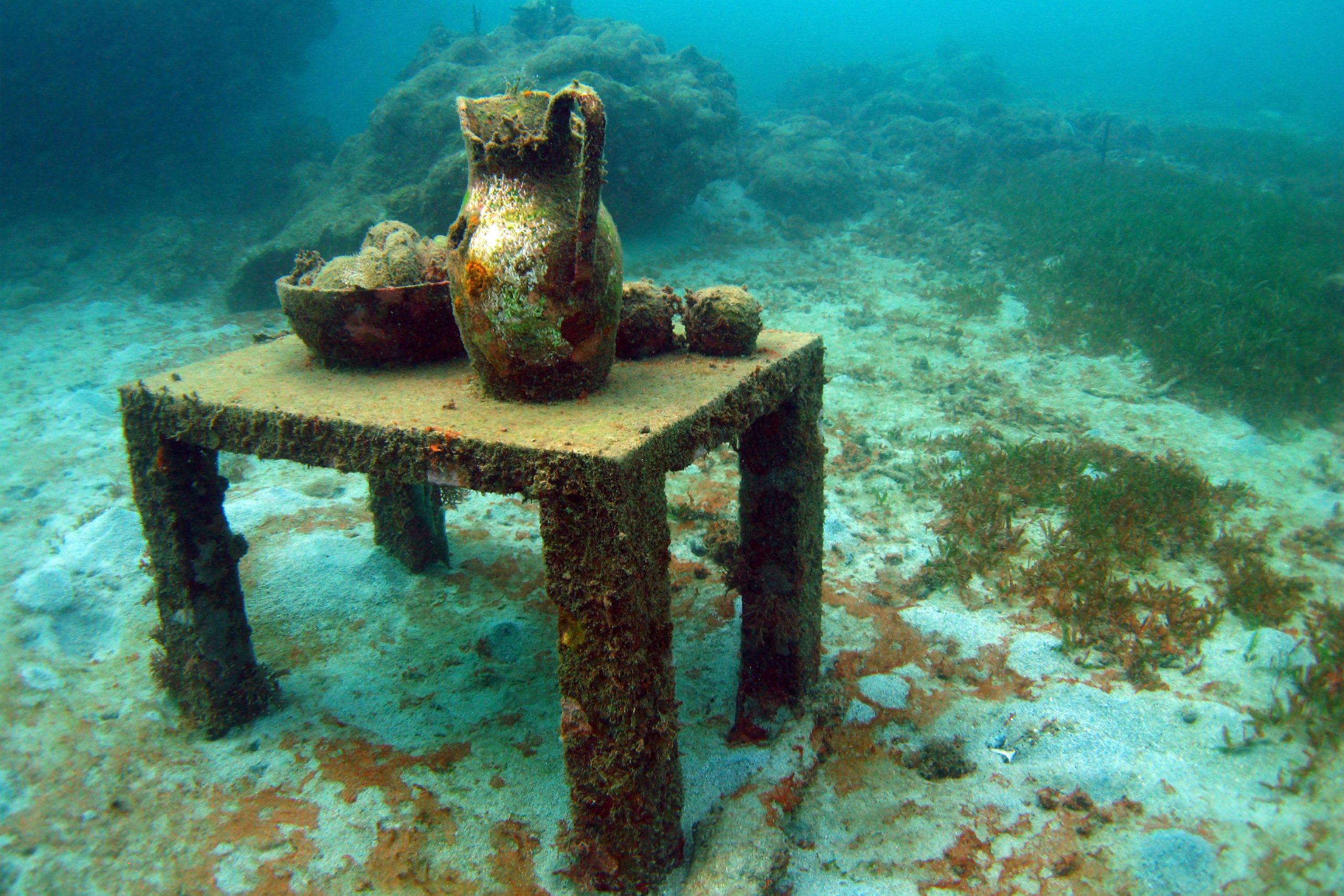
Grenada’s underwater sculpture park combines art and adventure.
Credit: Shutterstock
Sculptures – Grenada
Off the west coast of Grenada, British sculptor Jason deCaires Taylor created a way to experience incredible still life that brims with sea life. The Renaissance man of the sea—an artist, photographer, marine conservationist and scuba diving instructor—is part of the eco-art movement. His work, which includes the world’s first underwater sculpture park, teaches a valuable lesson on how marine biology can intersect with contemporary art.
Grab your snorkel and mask to see the park’s six installations with 65 contemporary sculptures. Each image in Molinere Bay is inspired by local residents, and the artist intends for you to see how human interaction with nature can be positive and sustainable. The underwater sculpture gallery also helps rebuild the coral reef and restore the ocean’s ecosystem with tropical fish and other marine life.
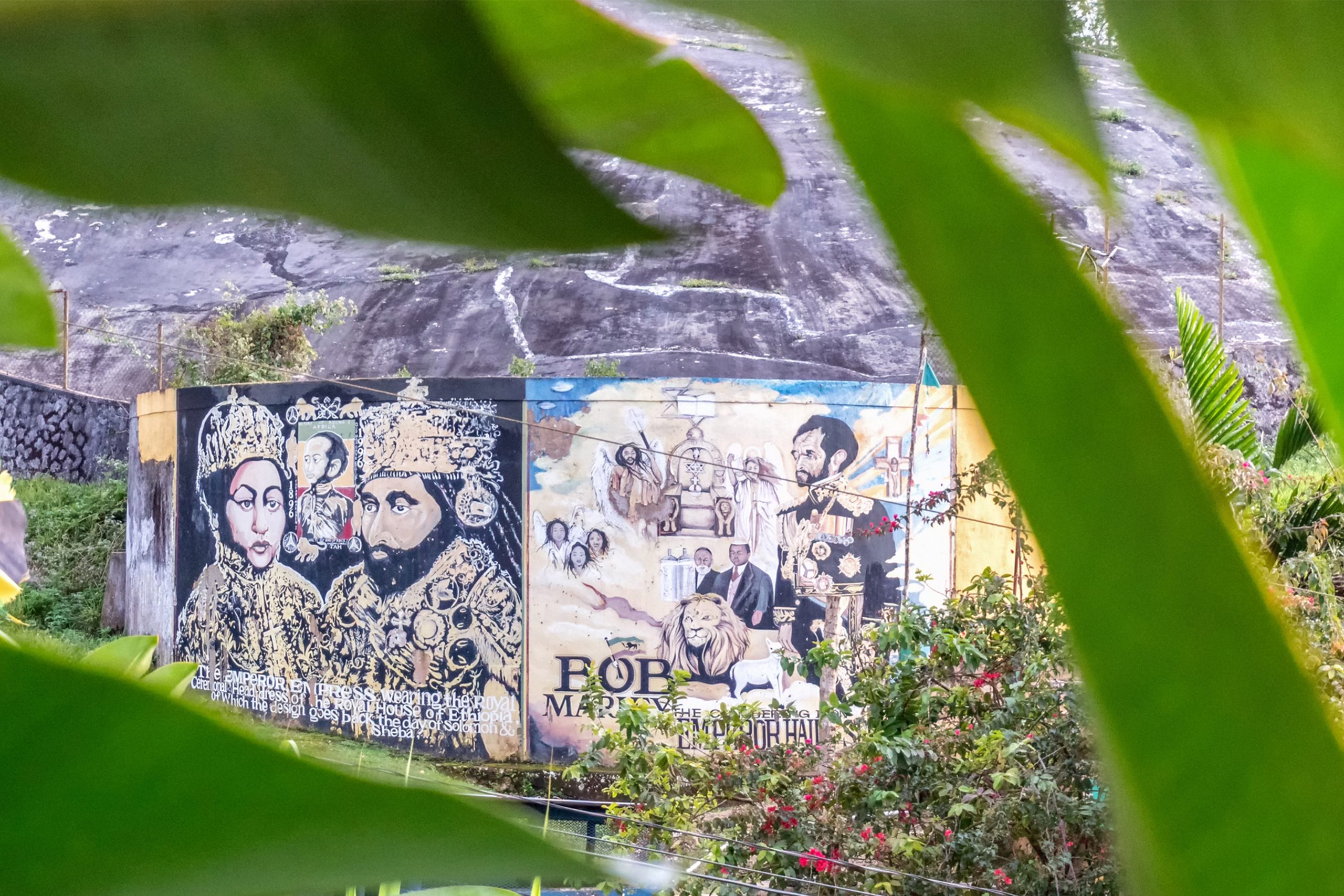
Jamaica’s murals memorialize the island’s history.
Credit: iStock
Memorial Murals – Jamaica
Activism remains at the heart of Jamaican art. From reggae and dancehall music to the lyrical patois in dub poetry and literature, the country’s culture is rooted in historical perspective. Street art follows a similar beat, like murals in Kingston’s Fleet Street outdoor gallery and residents’ memorial tributes on their homes in Montego Bay.
These stylized portraits incorporate elements that share Jamaica’s history while also addressing concrete issues in the country’s current political climate. In turn, murals like these are the ultimate expression of public art because they educate onlookers about big issues in a beautiful way.
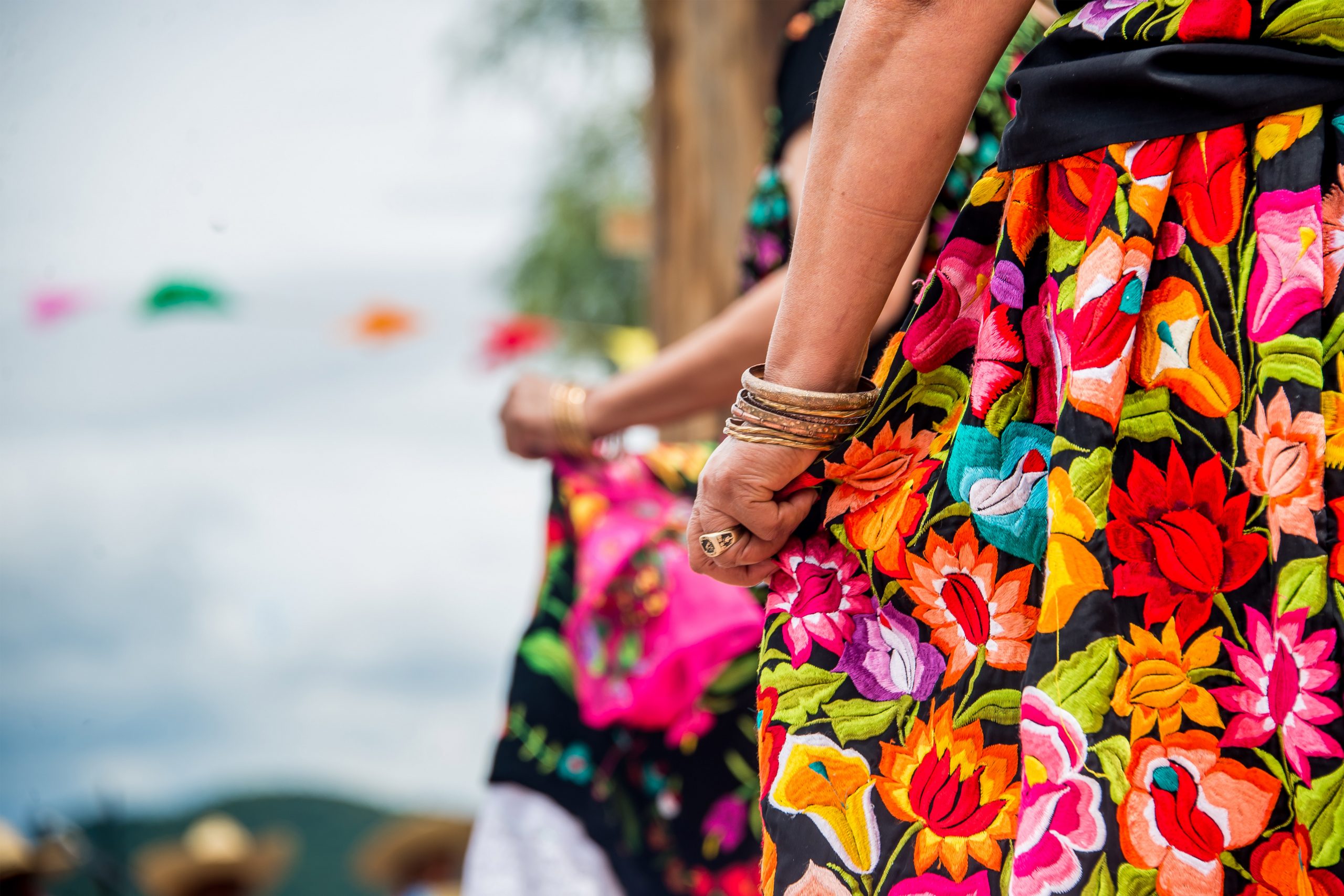
The culture of Mexico is woven within the embroidered garments you’ll find when you visit.
Credit: Shutterstock
Embroidery – Mexico
Embroidery has a long history in Mexico. Decorative stitching on textiles dates to the pre-Hispanic era, and artisans continue its style evolution today. In most indigenous communities, skills center on the creation of clothing. Traditional needlework, like brocading and deshilado (openwork embroidery), as well as the colorful embroidered garments Zapotec women wear, inspires fashion designers each season.
If you’re in the market for wearable art, check out huipiles (traditional women’s tunics) and rebozos (fringed scarves) for a beautiful addition to your wardrobe. Look for color differences: some are crafted in the “whitework” style, where the stitching is the same color as the fabric (traditionally white linen), while others incorporate bold colors in their intricate designs.
See the Caribbean in a different light and through the creative experiences of its art. If you’re looking forward to a cruise to the Caribbean, find out more here.
